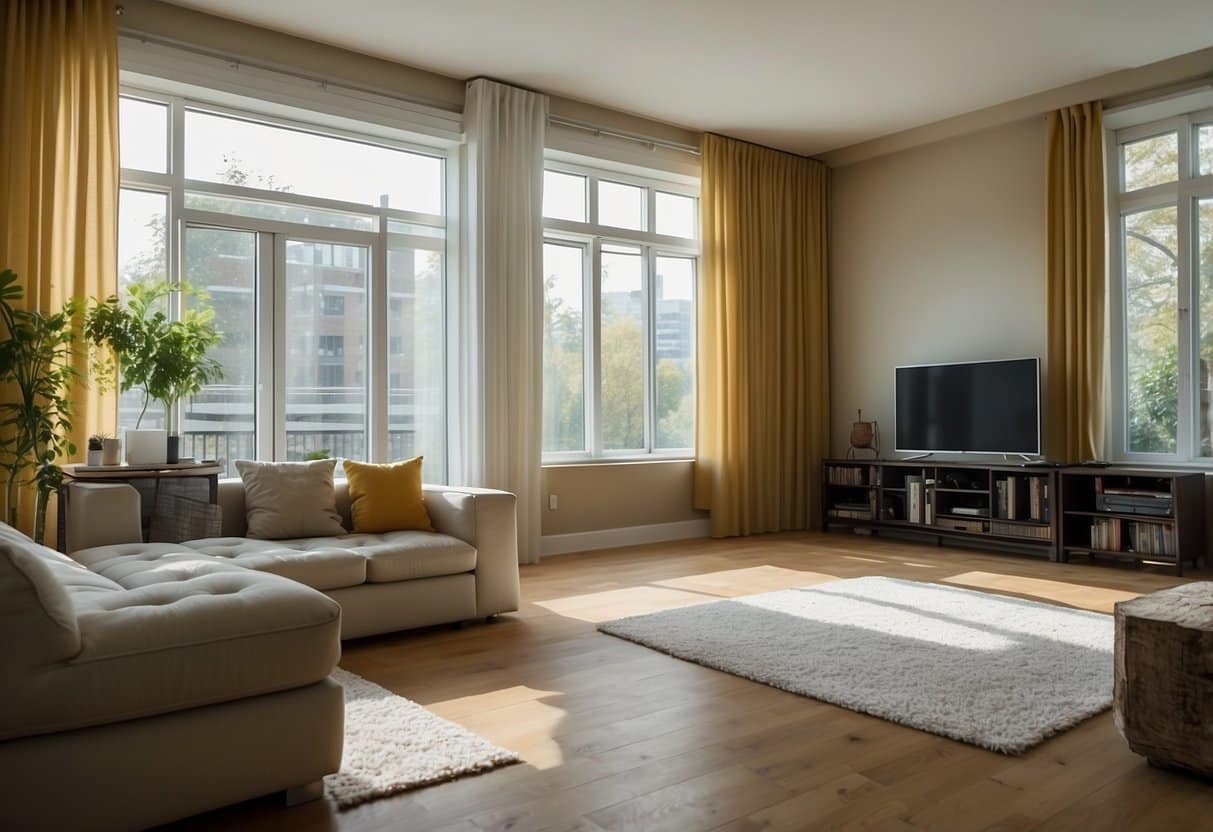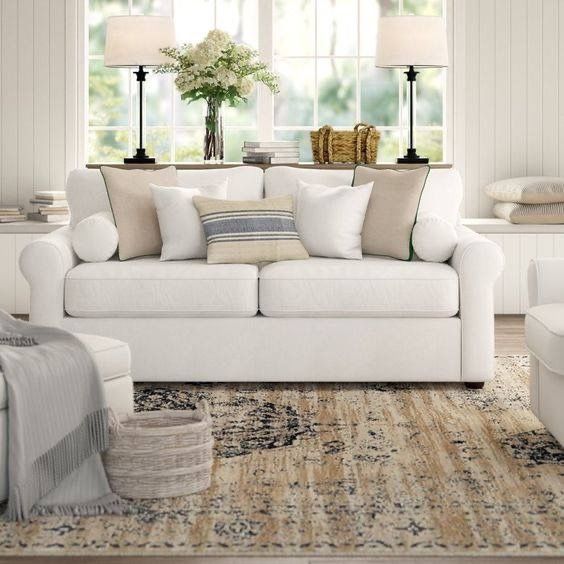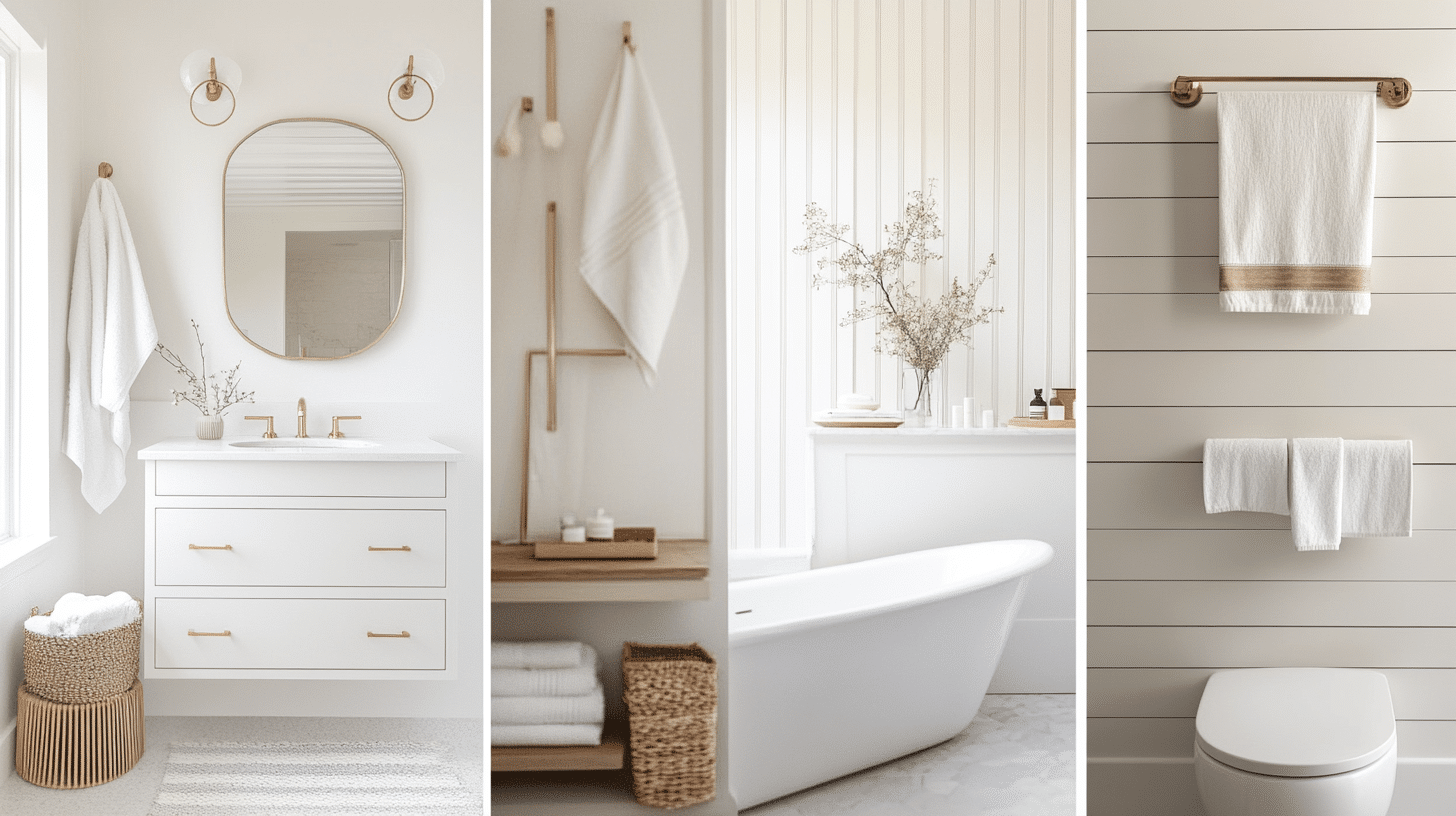How to Determine the Number of Curtain Panels Needed
Selecting the right number of curtain panels can transform the look and feel of any room. To determine the number of curtain panels needed, measure the width of the window and multiply it by 1.5 to 3 times for the desired fullness. This simple calculation ensures you achieve a balanced and luxurious appearance.
Consider the length and style of the curtain as well. Short and sheer panels might require more to give a fuller look, whereas heavy drapes might need fewer. The choice of rod and curtain accessories also plays a role in how the panels will hang, affecting the overall aesthetic.
Personal preferences and room function should guide your decision. Rooms requiring more privacy might benefit from multiple layers, while more decorative spaces might only need one or two panels for accentuation.
Understanding Curtain Dimensions
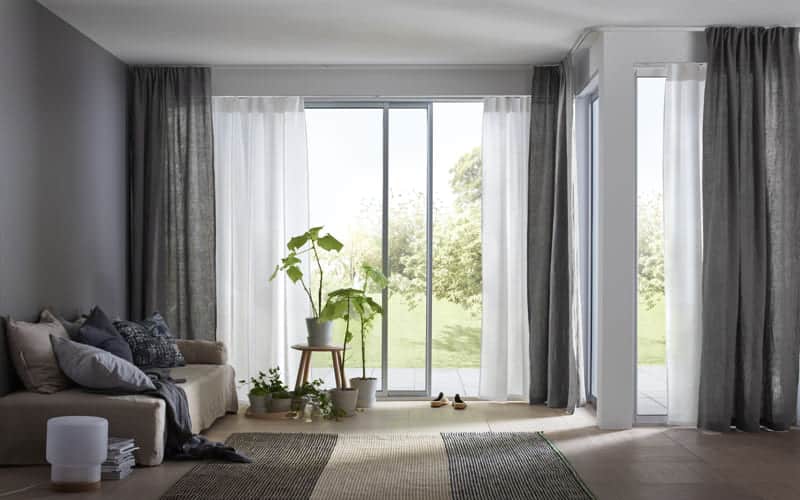
Knowing your window dimensions simplifies choosing the right curtain size, ensuring they fit and function as expected. According to this website, experts recommend that you focus on width and length measurements for effective coverage.
Measuring Window Width
Measure the window width from frame to frame. Add extra width to allow for curtain fullness, typically adding 4-8 inches on each side. For pencil pleat and grommet curtains, multiply the window width by 1.5 to 3 times depending on the desired fullness. Remember that rod placement affects width: place it higher or wider to enhance window appearance.
Determining Curtain Length
Decide whether curtains should touch the floor or hover above. Standard lengths are 63, 84, 96, and 108 inches. Measure from the rod to the chosen endpoint. For a more tailored look, consider custom lengths. Be aware of obstructions like radiators or furniture when determining length. For puddling, add 2-6 extra inches to the standard measurement.
Calculating Panel Quantity
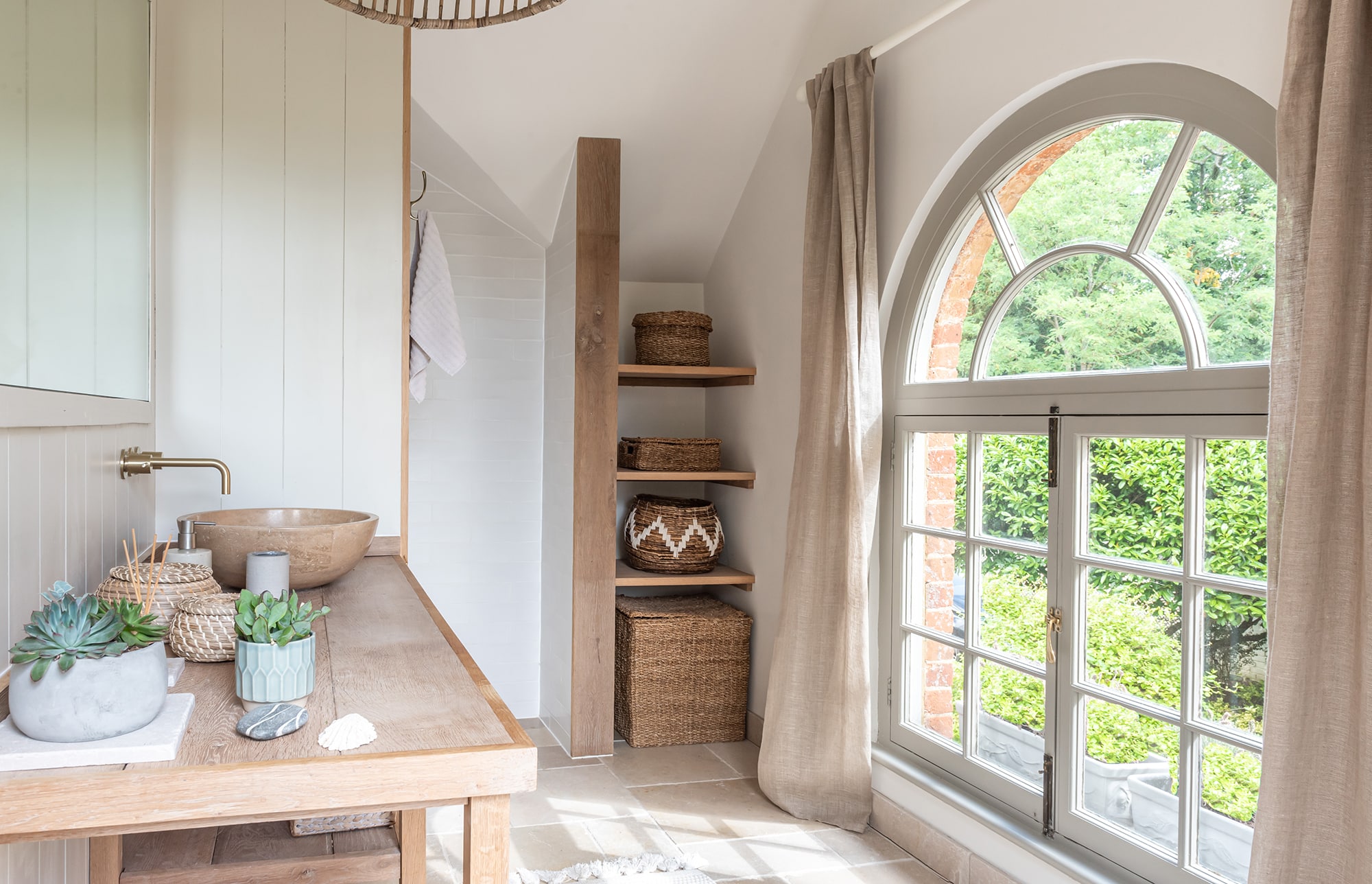
To determine how many curtain panels are needed, it’s important to consider the fullness of the curtains, the width of each panel, and the final calculation steps. Each factor plays a crucial role in achieving the desired look and functionality of the curtains.
Considering Fullness and Coverage
Fullness refers to how much fabric is gathered when the curtains are closed. It affects the overall appearance and is typically measured as a multiple of the window width. For a standard look, fullness is often 1.5 to 2 times the width of the window.
Coverage must also be taken into account to ensure privacy and block out light as needed. For complete darkness, consider blackout curtains that overlap slightly.
Accounting for Panel Width
Panel width is a crucial component in the calculation. Measure the exact width of the window, including any extra width for the curtain rod extension on either side if applicable. This measurement will help determine how many panels are required to cover the window fully.
Most ready-made panels come in standard widths of 40 to 60 inches. Ensure to check the width of the panel to align with the desired fullness and coverage.
Final Calculation Steps
To calculate the number of panels, start by multiplying the window width by the desired fullness. Then, divide this number by the width of one panel.
For instance, if the window width is 50 inches and the desired fullness is 2 times the window width, that gives 100 inches. If each panel is 50 inches wide, you’ll need two panels. Adjust the numbers based on the specific measurements and fullness required.
In summary, accurately measuring for curtains is essential to achieving a polished and functional look for your windows.Remember, well-measured curtains not only add beauty to your home but also contribute to a cozy and inviting atmosphere.

